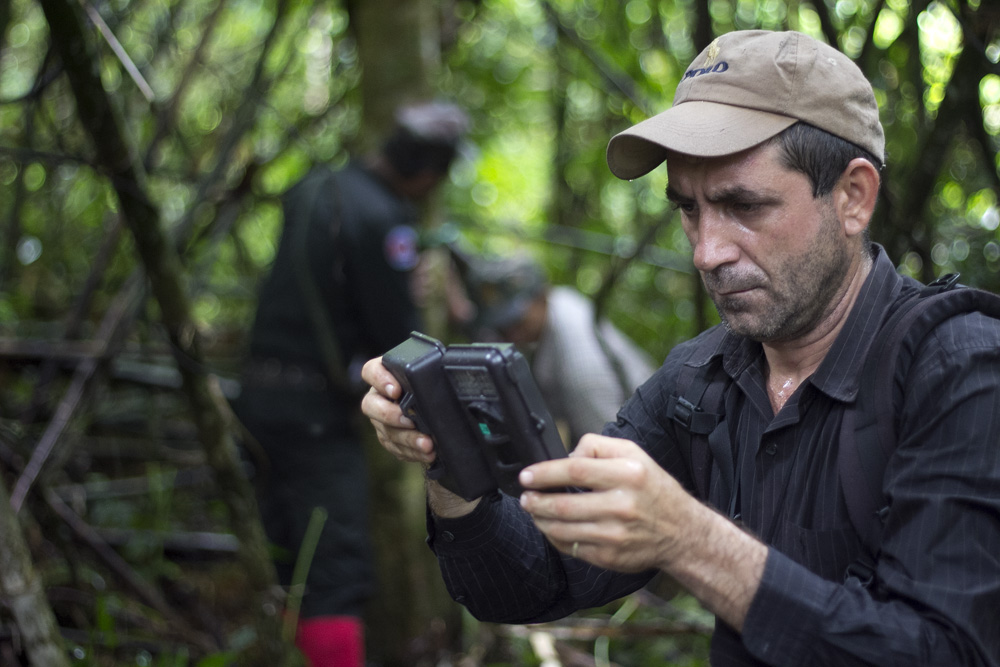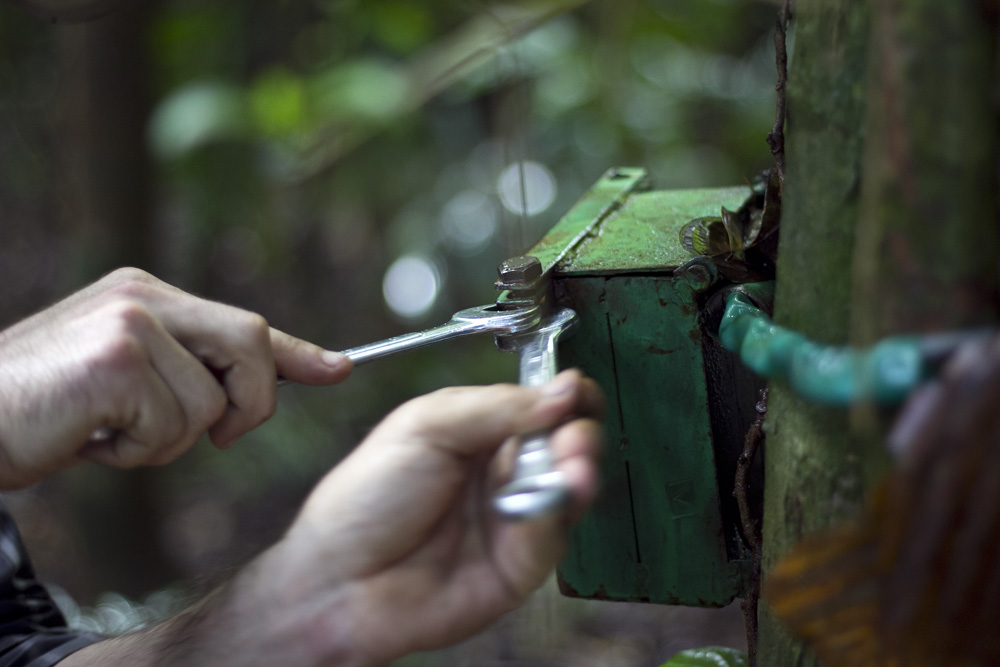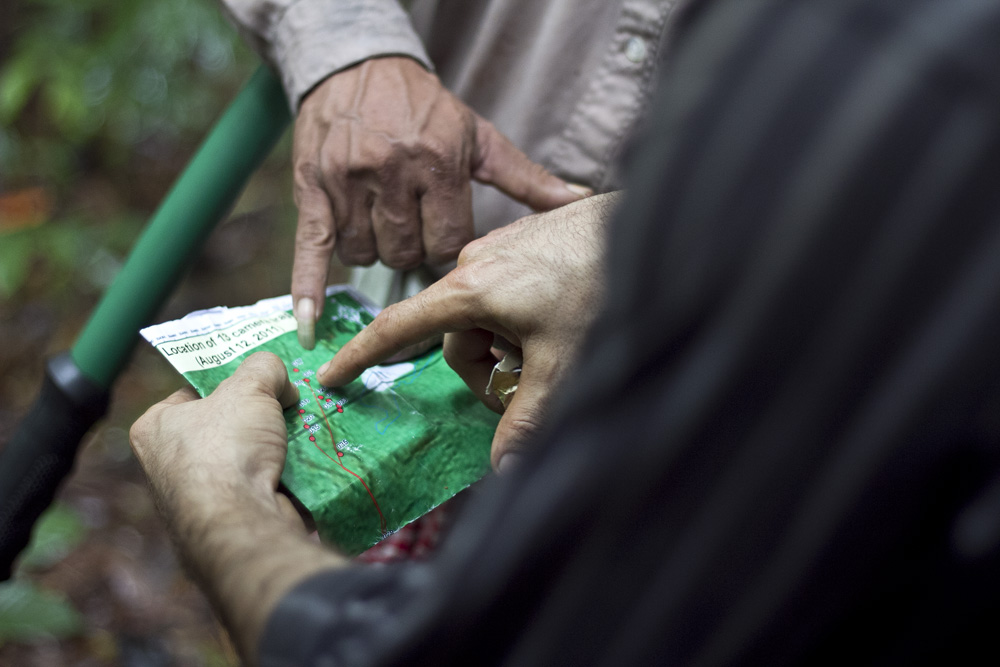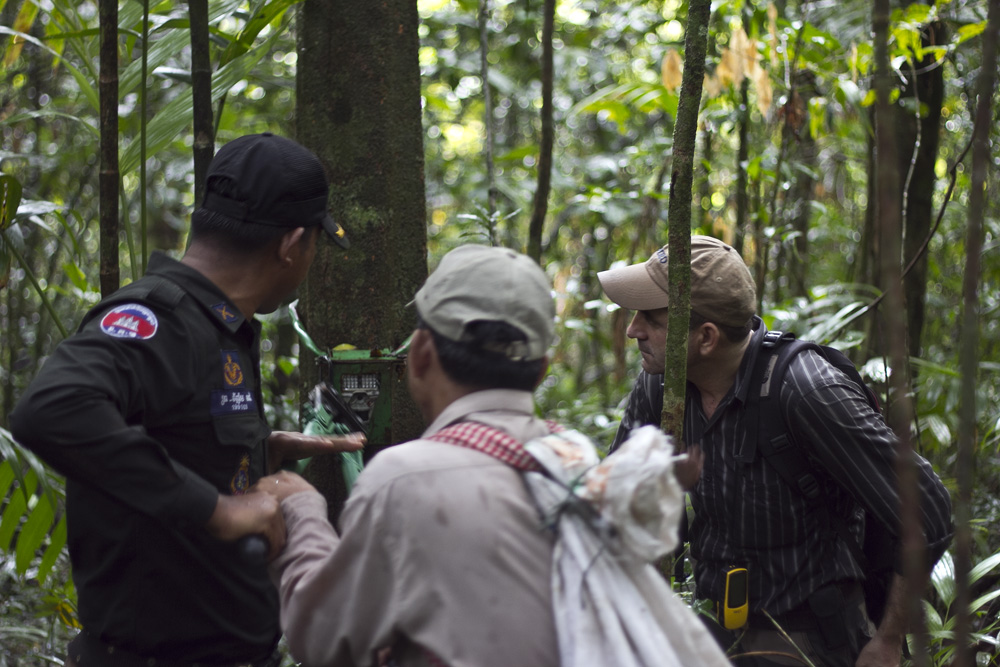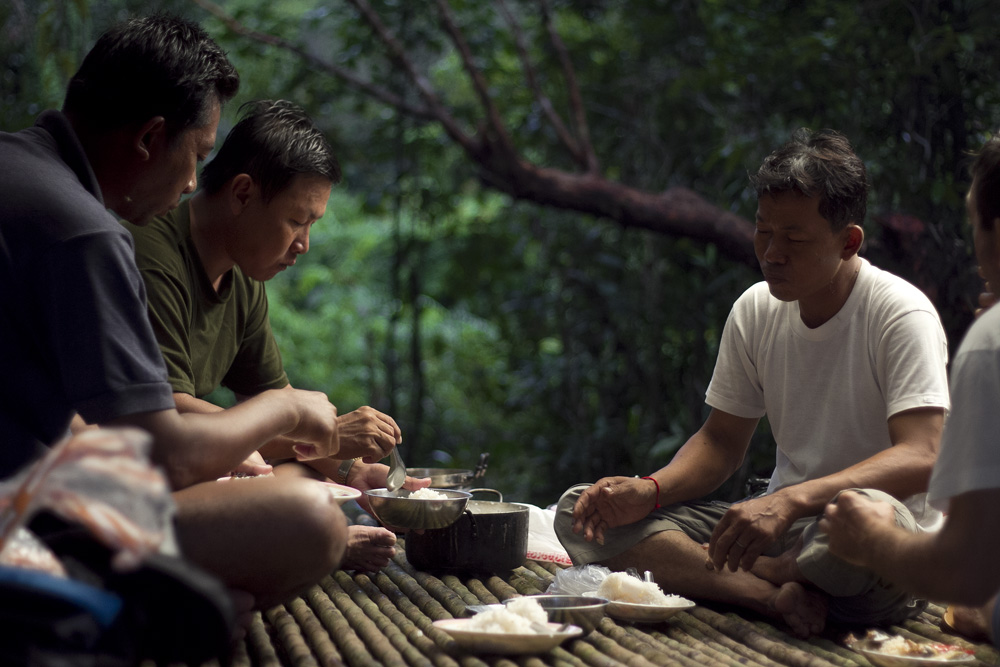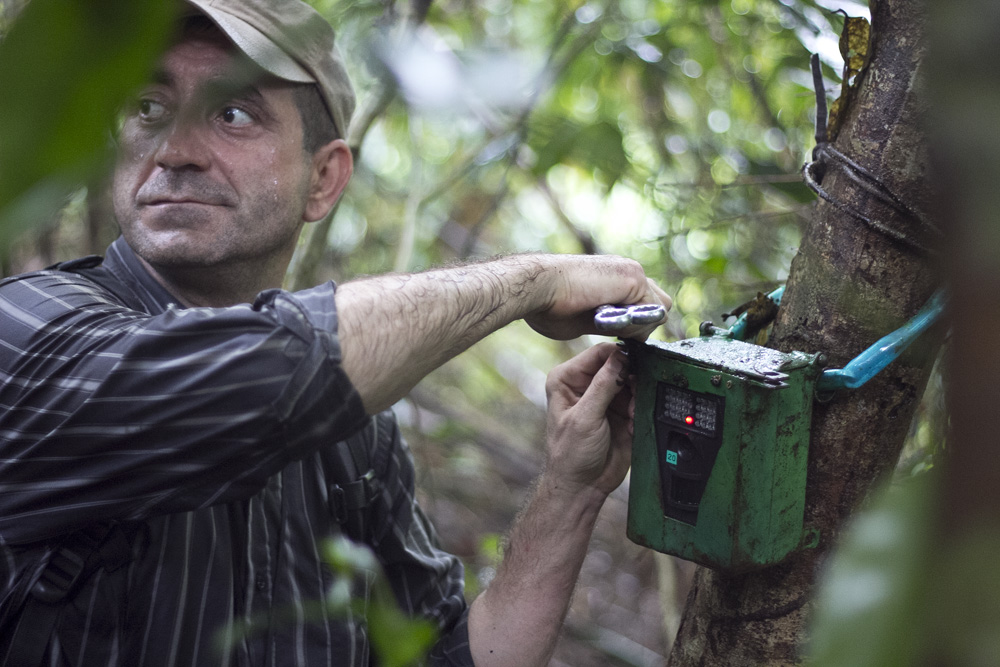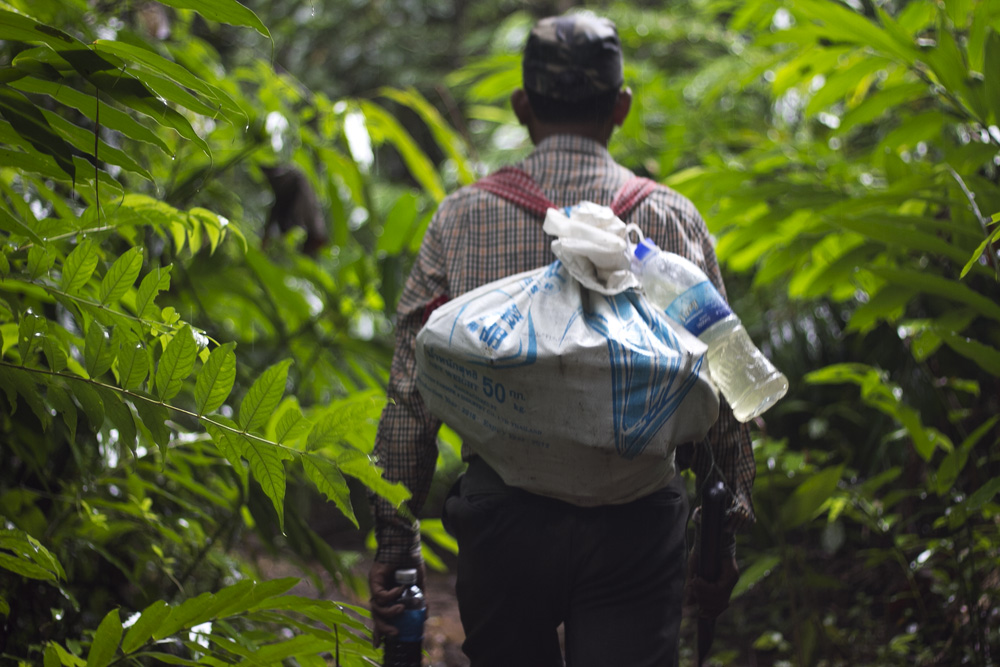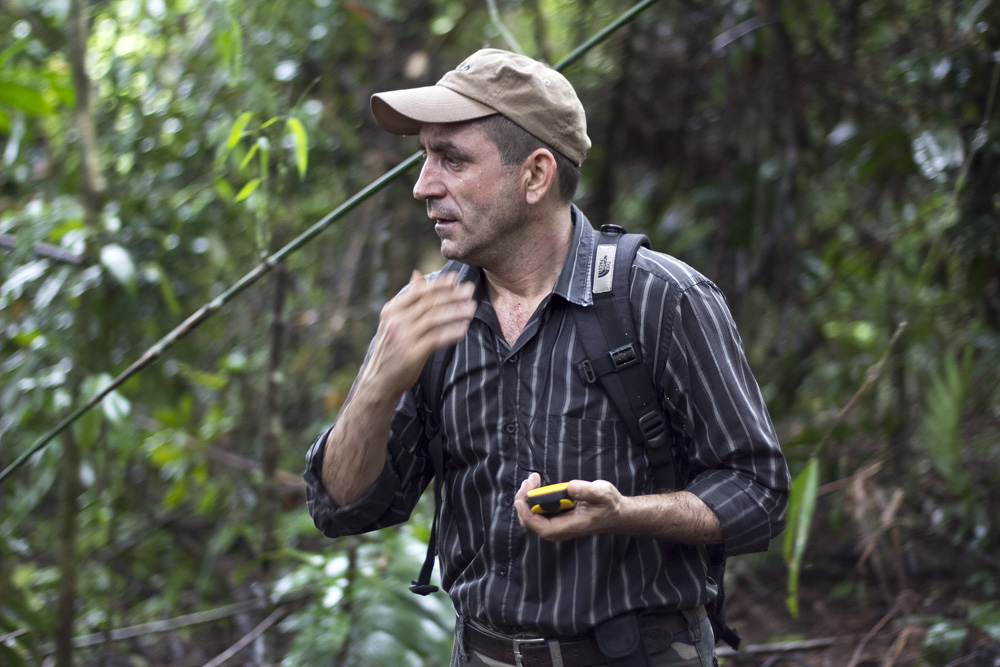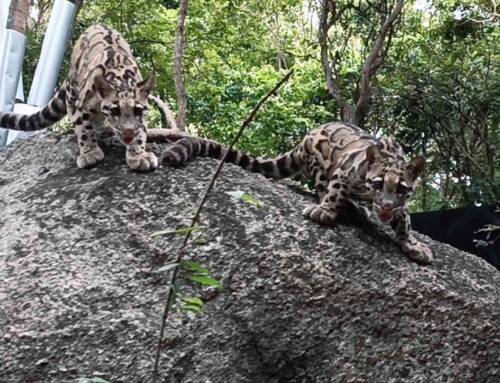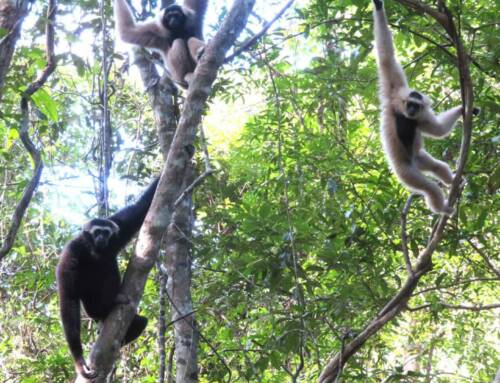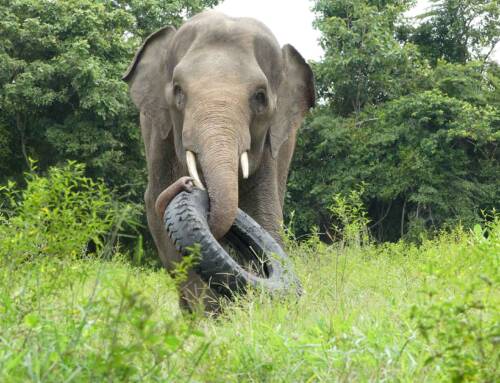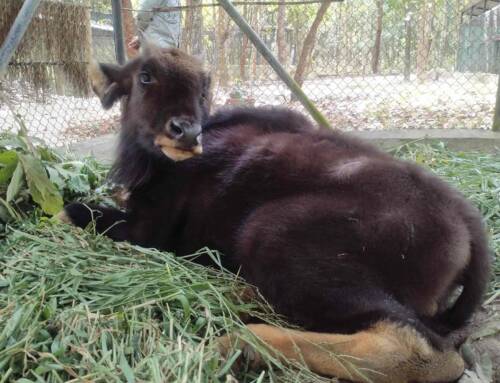Is the Asian elephant an endangered species?
Even where suitable habitat exists, poaching remains a threat to elephants in many areas. In 1989, the Convention on International Trade in Endangered Species of Wild Fauna and Flora (CITES) banned the international trade in ivory.
Why Asian elephant is endangered?
They also have much smaller tusks. The largest threats to the Asian elephant are poaching and habitat loss. Their tusks are worth a lot of money on the black market, so large-tusked males are in constant danger of being poached. Elephants are also captured alive for domestic use, such as tourist attractions.
What is the habitat of the Asian elephant?
Asian elephants inhabit grasslands, tropical evergreen forests, semi-evergreen forests, moist deciduous forests, dry deciduous forests and dry thorn forests, in addition to cultivated and secondary forests and scrublands. Over this range of habitat types elephants occur from sea level to over 3,000 m (9,800 ft).
[yottie id=”23″]
Camera traps are a useful means for researchers to observe the behaviour of animal populations in the wild or to assess biodiversity levels of remote locations like the tropical rain forest.
- What do you think?
- Leave us a comment!
- Please support our work!
- Share the story with your friends.

